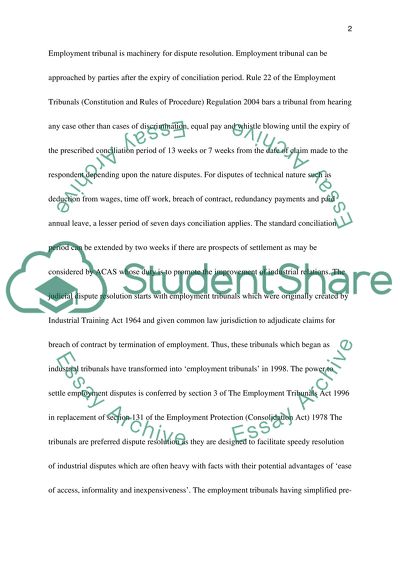Cite this document
(“Employment law - the employment relationship Essay”, n.d.)
Retrieved from https://studentshare.org/law/1433689-employment-law-the-employment-relationship
Retrieved from https://studentshare.org/law/1433689-employment-law-the-employment-relationship
(Employment Law - the Employment Relationship Essay)
https://studentshare.org/law/1433689-employment-law-the-employment-relationship.
https://studentshare.org/law/1433689-employment-law-the-employment-relationship.
“Employment Law - the Employment Relationship Essay”, n.d. https://studentshare.org/law/1433689-employment-law-the-employment-relationship.


